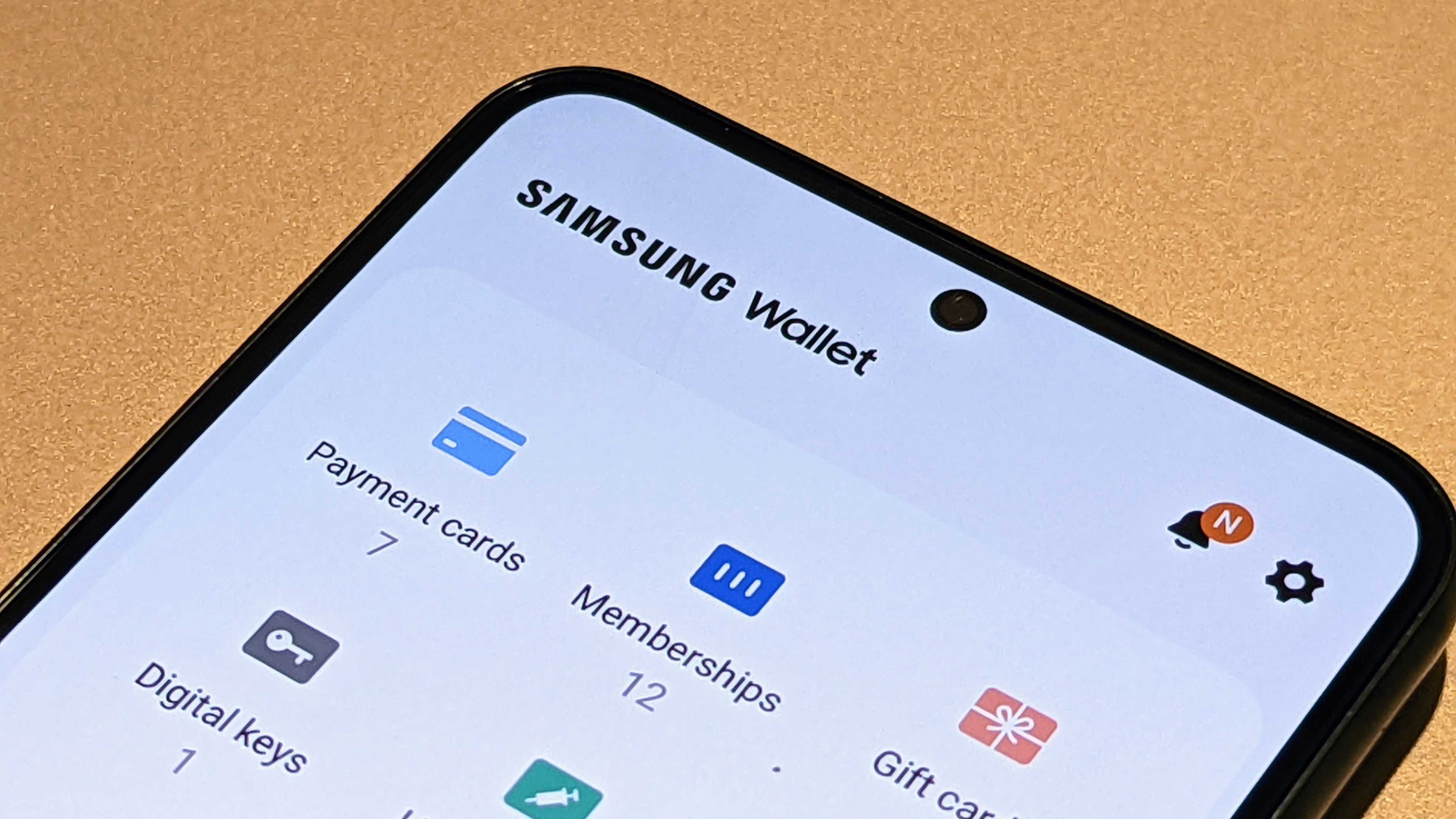Samsung Galaxy Tab S10 Ultra vs. Tab S9 Ultra: Should you upgrade?
Samsung's latest flagship tablet brings a few subtle refinements.
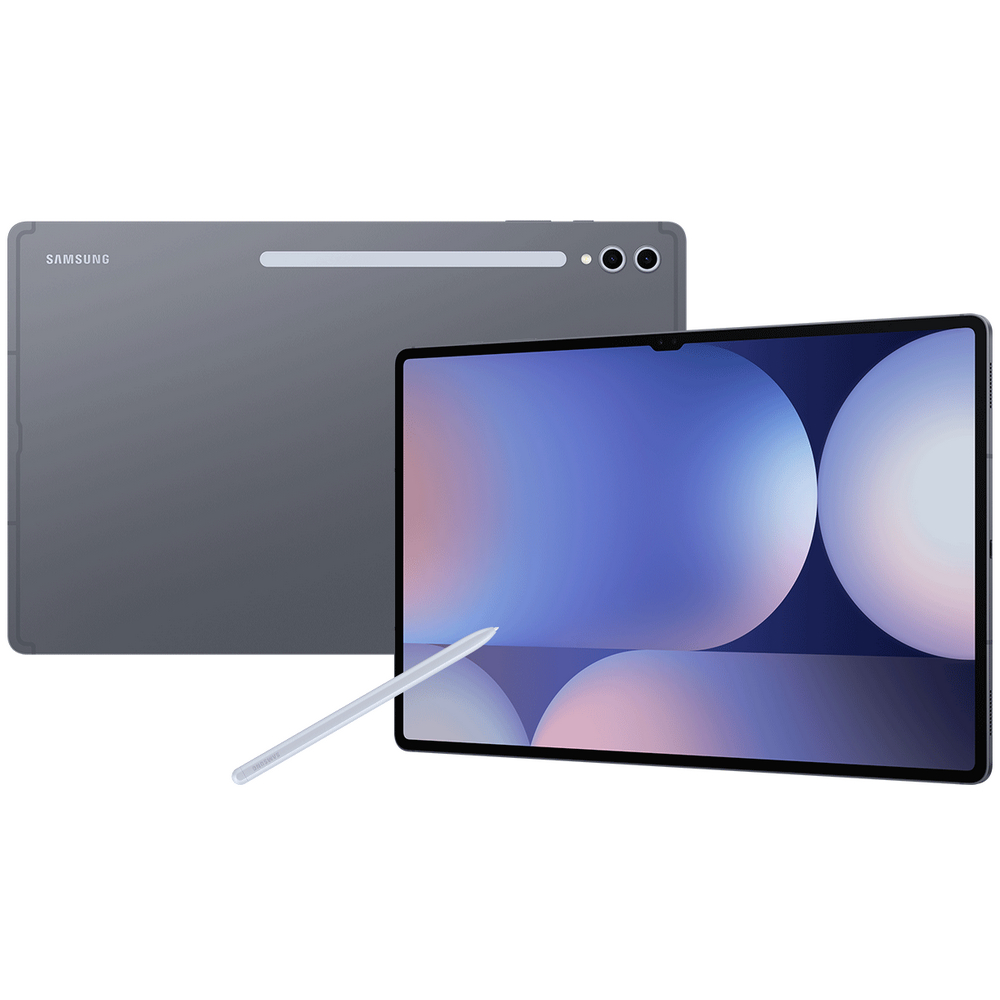
New and improved
Powered by a newer and more energy-efficient SoC, the Galaxy Tab S10 Ultra is a top-of-the-line Android tablet that can make quick work of even the most resource-intensive tasks. It comes with an anti-reflective display that helps in reducing glare, and you get a lot of AI-based tools to play around with as well.
For
- Newer and more powerful MediaTek chipset
- Anti-reflective display for reduced glare
- Longer software support
Against
- Still ridiculously expensive
- Mostly unchanged over its predecessor
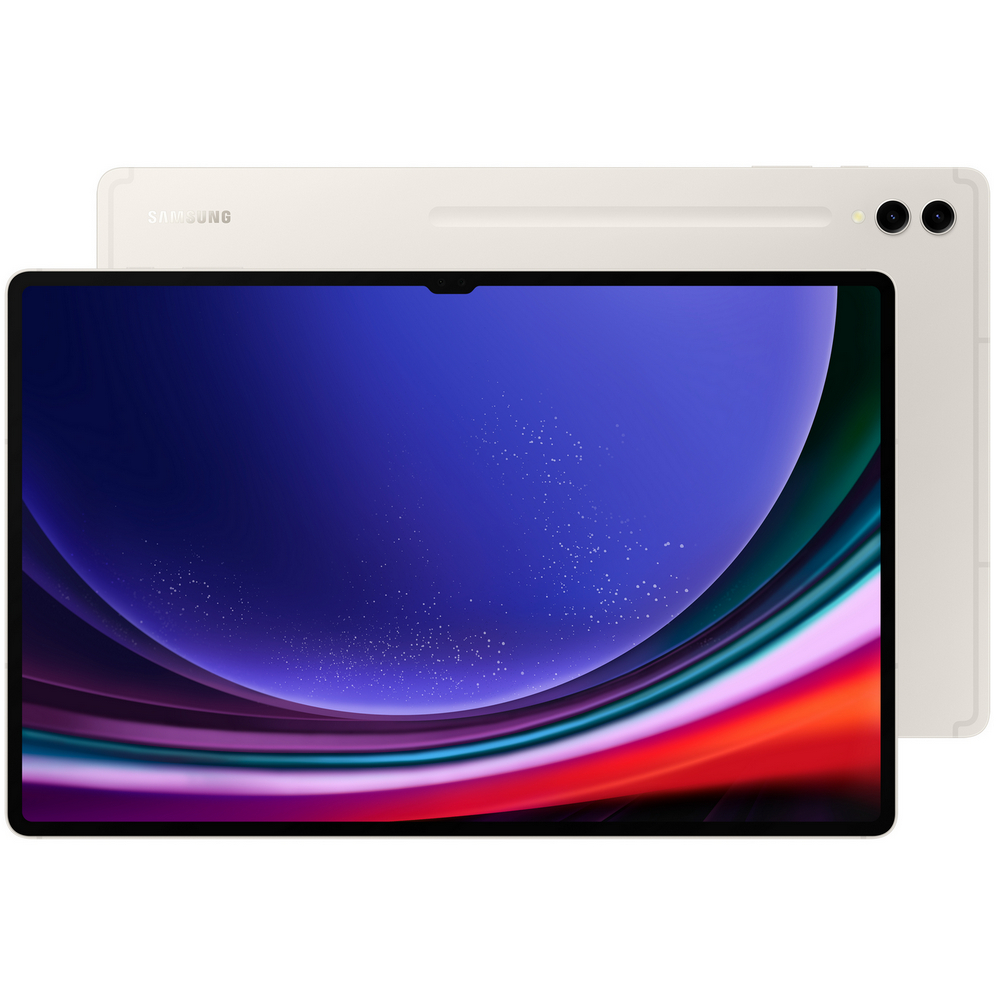
Still does it all
It may be a bit dated at this point, but the Galaxy Tab S9 Ultra continues to be an extremely capable Android tablet that can handle everything from split-screen multitasking to photo/video editing with little to no effort. Its Dynamic AMOLED panel is a sight to behold, and you get S Pen support too.
For
- Still powerful enough for almost everything
- Incredible Dynamic AMOLED screen
- Compatible with newer accessories
Against
- No Wi-Fi 7 support
- Expensive than many laptops
Samsung's tablets have always dominated the Android tablet space, with the newest Galaxy Tab S10 Ultra being no different. Primarily aimed at resource-intensive tasks and on-the-go productivity, this top-of-the-line tablet packs in everything from cutting-edge hardware to versatile software, all in an incredible chassis. But then, all this (still) holds true for the last-generation Galaxy Tab S9 Ultra as well, even if the latest model does come with some improvements.
So, now the question is, are these new upgrades and enhancements really any good? Even more importantly, if you already have the previous-gen tablet, should you even bother?
Let's take an in-depth comparative look at Samsung Galaxy Tab S10 Ultra vs. Galaxy Tab S9 Ultra and find out.
Samsung Galaxy Tab S10 Ultra vs. Tab S9 Ultra: Design and display
When viewed side by side, the two tablets are nigh impossible to tell apart. Except for being a little lighter and a tad slimmer, the Galaxy Tab S10 Ultra is exactly the same as the Galaxy Tab S9 Ultra. You still get the same well-made all-aluminum chassis with flat sides, a dual-lens rear camera system, as well as an IP68 rating for solid dust and water resistance. Other standout features like the crisp quad-speaker array and magnetic S Pen charging strip at the back have also been carried forward from the last-generation tablet, and we quite like that.
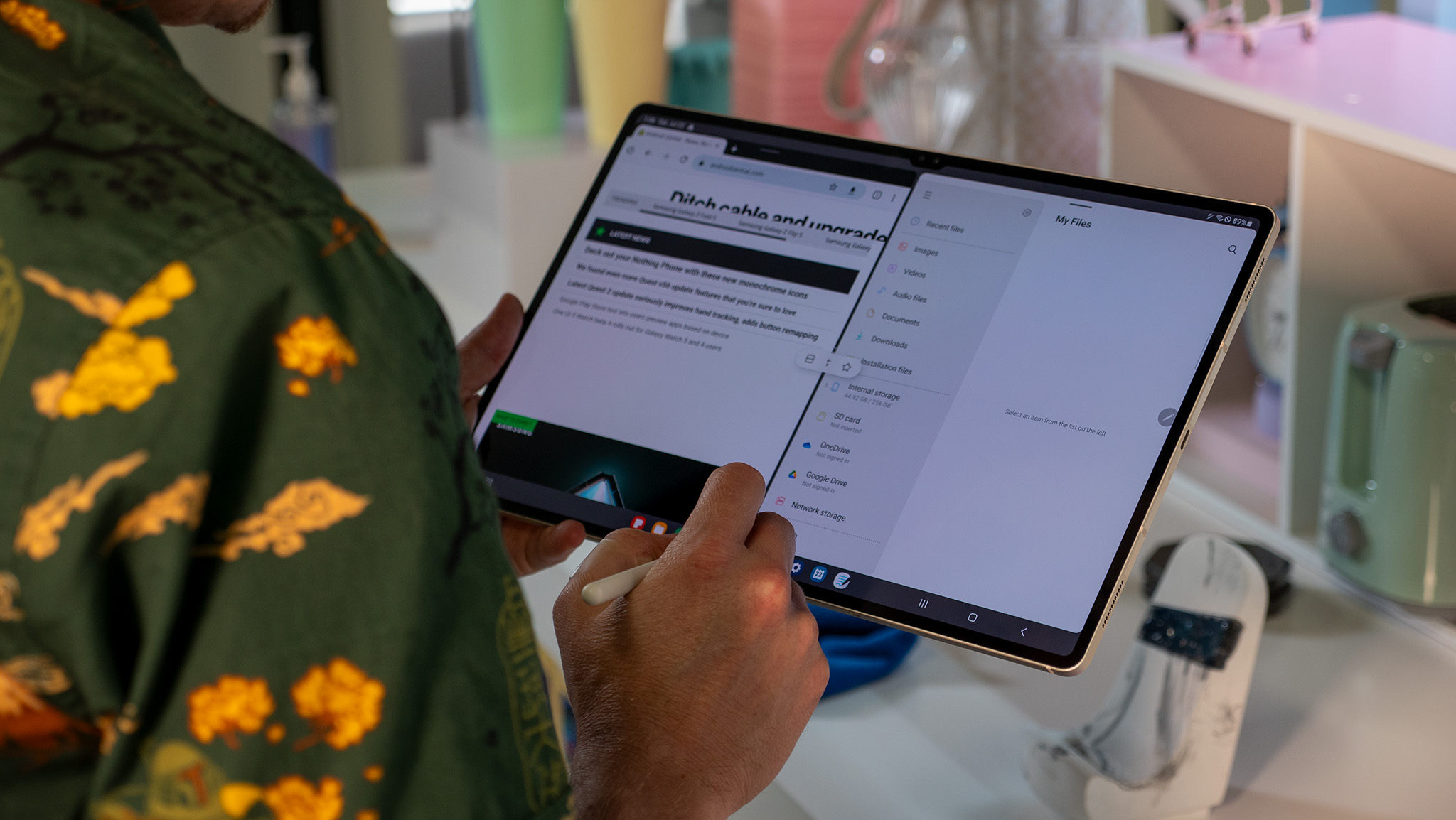
Flip over the Galaxy Tab S10 Ultra, and you'll notice a similar story. The tablet's business side is all about a gargantuan 14.6-inch Dynamic AMOLED screen, having a resolution of 2960x1848 pixels and a 120Hz refresh rate. It's the same fantastic display — complete with vibrant colors and great viewing angles — as the one you'd find on the Galaxy Tab S9 Ultra, albeit with one key enhancement.
The panel now comes with an anti-reflective coating (introduced with the Galaxy S24 Ultra) that helps quite a lot in reducing glare and enhancing overall visibility. It's still a fabulous screen, as noted by Android Central's Andrew Myrick during his review. You also get fairly slim (for a tablet) uniform bezels on all sides, with only the notch for the dual-lens front camera setup breaking up the overall visual symmetry.
Category | Samsung Galaxy Tab S10 Ultra | Samsung Galaxy Tab S9 Ultra |
|---|---|---|
Dimensions | 208.6 x 326.4 x 5.4 mm (8.21 x 12.85 x 0.21 in) | 208.6 x 326.4 x 5.5 mm (8.21 x 12.85 x 0.21 in) |
Durability & Material(s) | IP68 rating for dust and water resistance, Enhanced Armor aluminum | IP68 rating for dust and water resistance, Armor aluminum |
Weight | 718 g (1.58 lb) | 732 g (1.61 lb) |
Display | 14.6-inch Dynamic AMOLED 2X (2960x1848 pixels resolution), 120Hz refresh rate, Anti-reflective coating | 14.6-inch Dynamic AMOLED 2X (2960x1848 pixels resolution), 120Hz refresh rate |
Chipset / SoC | MediaTek Dimensity 9300 Plus | Qualcomm Snapdragon 8 Gen 2 |
RAM | 12GB/16GB | 12GB/16GB |
Storage | 256GB/512GB/1TB, with microSD expansion | 256GB/512GB/1TB, with microSD expansion |
Sensors | Accelerometer, Under-display fingerprint sensor, Gyro sensor, Geomagnetic sensor, Hall sensor, Light sensor | Accelerometer, Under-display fingerprint sensor, Gyro sensor, Geomagnetic sensor, Hall sensor, Light sensor |
Connectivity & I/O | Wi-Fi 7, Bluetooth 5.3, GPS, USB-C 3.2, Magnetic connector | Wi-Fi 6e, Bluetooth 5.3, GPS, USB-C 3.2, Magnetic connector |
Other Features | Quad-speaker array, Samsung DeX, Galaxy AI | Quad-speaker array, Samsung DeX, Galaxy AI |
Battery & Charging | 11,200mAh, 45W wired charging | 11,200mAh, 45W wired charging |
Accessory Support | S Pen stylus, Keyboard cover | S Pen stylus, Keyboard cover |
Cameras (Rear) | 13MP wide-angle, 8MP ultrawide, 4K video recording | 13MP wide-angle, 8MP ultrawide, 4K video recording |
Cameras (Front) | 12MP wide-angle, 12MP ultrawide, 4K video recording | 12MP wide-angle, 12MP ultrawide, 4K video recording |
OS / Platform | Android 14 (preloaded) | Android 13 (preloaded) |
Color Options | Moonstone Gray, Platinum Silver | Beige, Graphite |
Samsung Galaxy Tab S10 Ultra vs. Tab S9 Ultra: Hardware and cameras
Perfectly complementing the stunning exterior of the Galaxy Tab S10 Ultra are its top-tier innards, which are easily among the best you can find in any Android-based tablet available in the market at the moment. The flagship slate is powered by the MediaTek Dimensity 9300 Plus chipset that delivers an 18% boost and a 28% jump in CPU and GPU performance, respectively. While it's true that specs aren't everything, it's worth noting that the Qualcomm Snapdragon 8 Gen 2 SoC powering the Galaxy Tab S9 Ultra still continues to be more than capable of handling everything you throw at it without breaking a sweat.
Be an expert in 5 minutes
Get the latest news from Android Central, your trusted companion in the world of Android
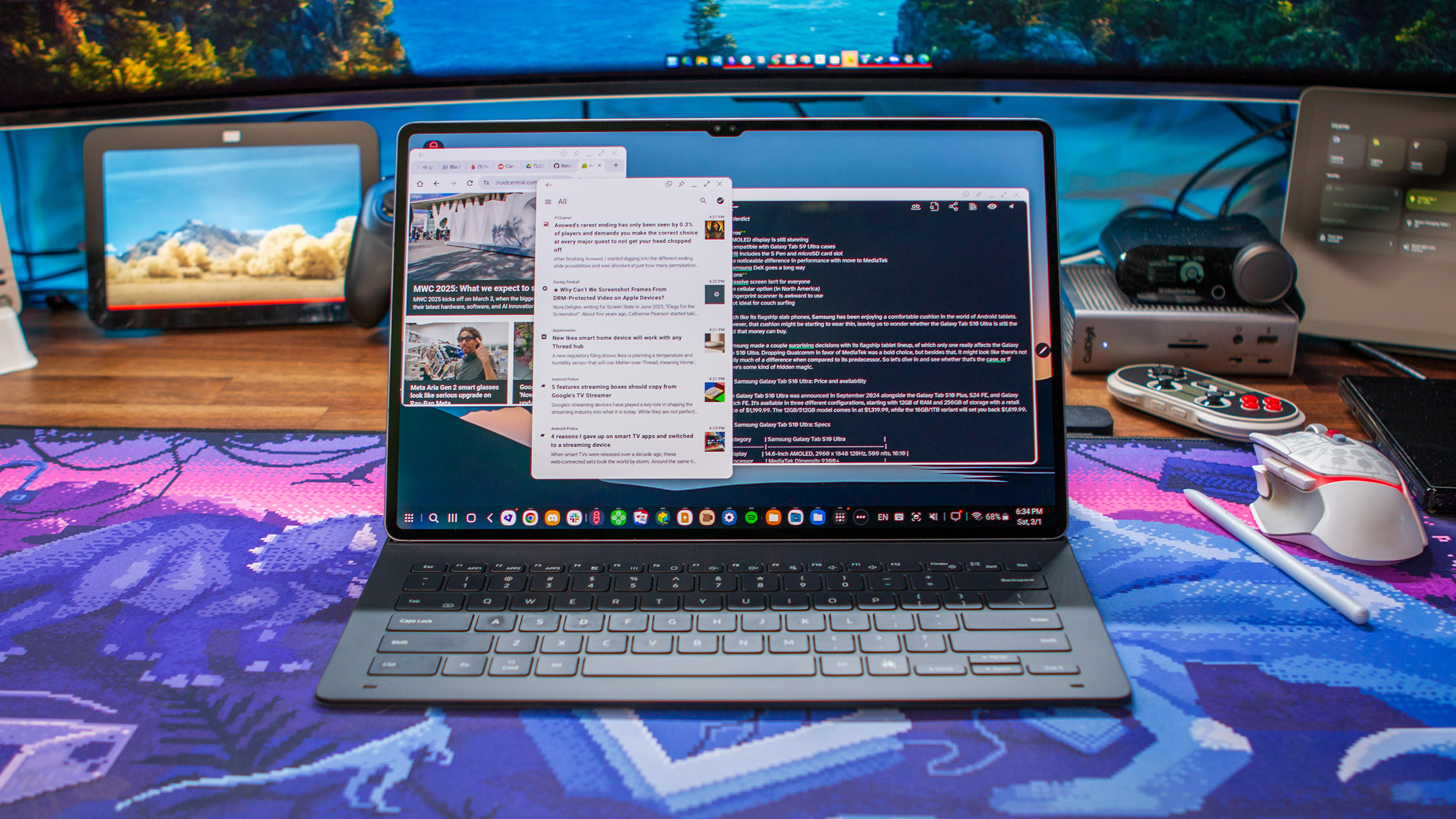
Other hardware specifications largely remain unchanged, with both tablets offering up to 16GB of RAM and up to 1TB of onboard storage. And should you need even more storage space, you'll be happy to know that the good ol' microSD card slot is still here.
The Galaxy Tab S10 Ultra has a total of four cameras, two at the front and two on the rear, and all of them have been carried over from the Galaxy Tab S9 Ultra. The primary camera system is comprised of a 13MP wide-angle sensor and an 8MP ultrawide unit. On the other hand, the front camera setup is comprised of a 12MP wide-angle sensor and a 12MP ultrawide unit. As you'd expect, there's full support for 4K video recording.
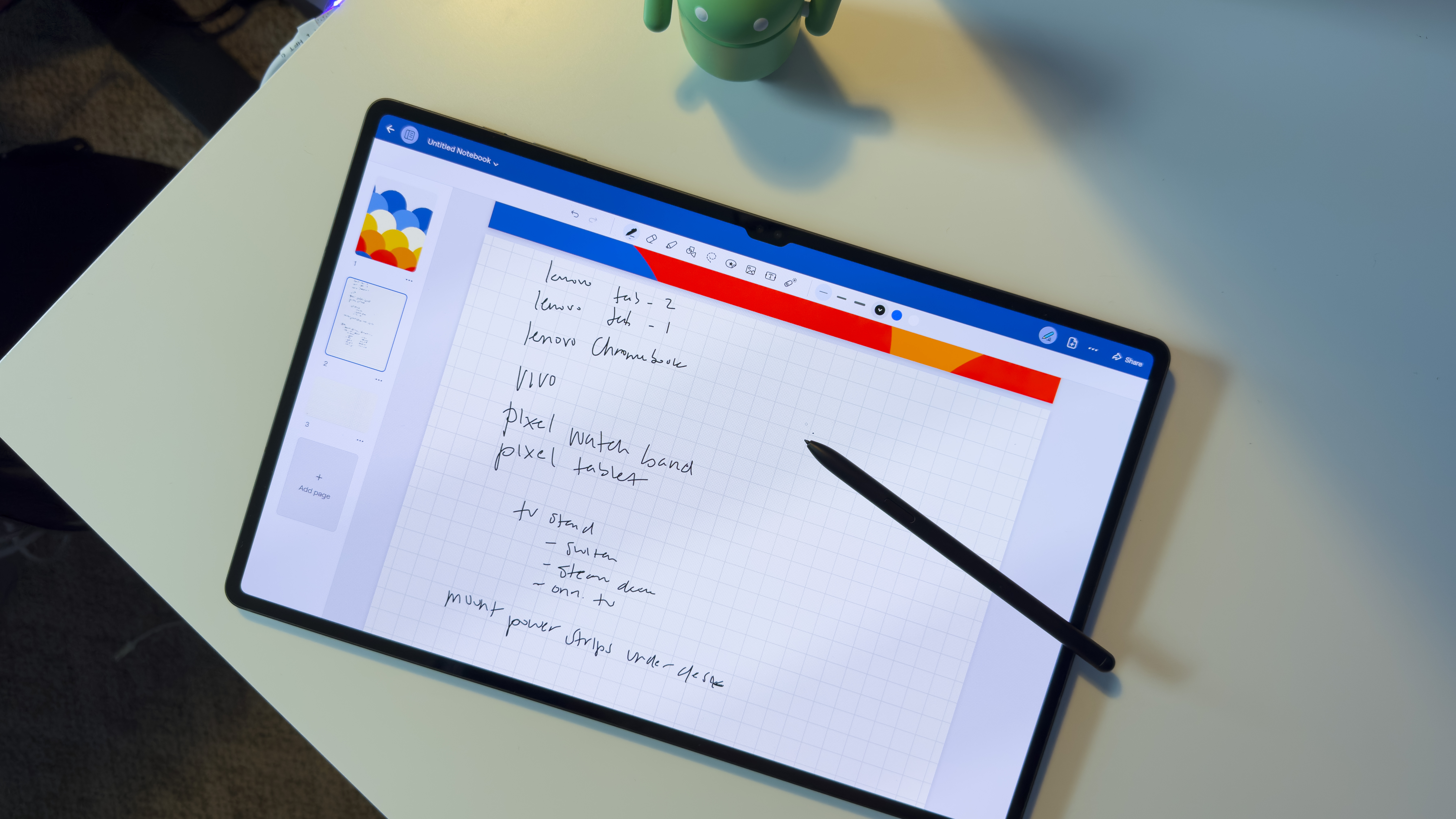
A tablet — especially one that's this big — may not be the ideal choice when it comes to capturing photos and videos but it's good to have the option, if needed. We also think the overall photo and video quality is going to be more than decent, even if it doesn't come anywhere close to that of the best Android camera phones out there.
Samsung Galaxy Tab S10 Ultra vs. Tab S9 Ultra: Software, accessory support, and battery life
Being the newest thing in town, the Galaxy Tab S10 Ultra gets Android 14 preinstalled on it. While that's expected, what's important is the One UI 6.1.1 overlay, which makes it Samsung's first tablet to have Galaxy AI out of the box. Optimized for large screen(s), Galaxy AI packs in features like enhanced note-taking with auto summarization, split-view editing, and PDF translation. Apart from those, you also have goodies such as Google's 'Circle to Search' and generative photo editing. Needless to say, all these AI-powered tools will eventually come to the last-gen model via a software update.
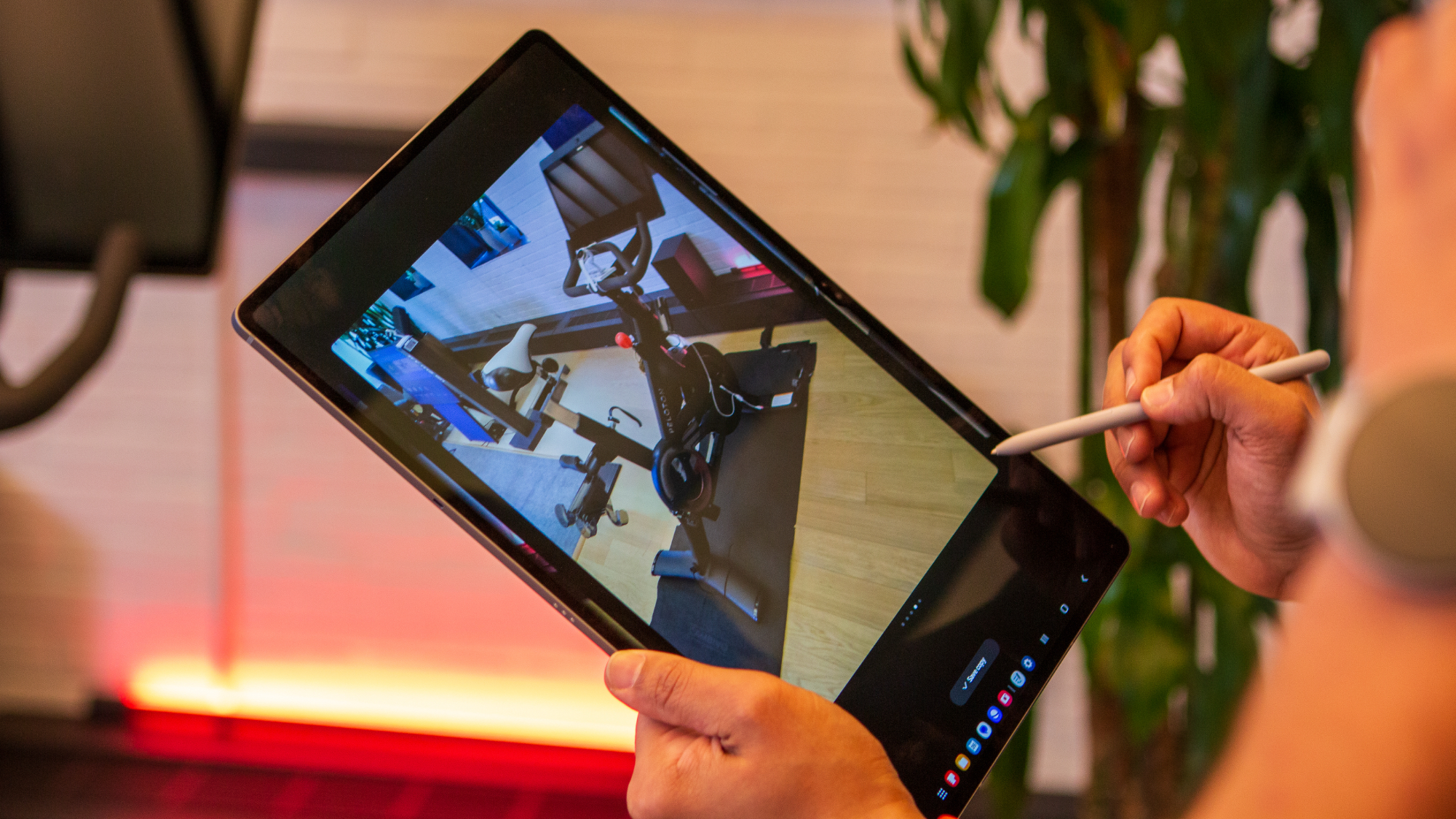
That being said, one thing that might just give the Galaxy Tab S10 Ultra a slight edge over its predecessor is software support, as it'll get one extra year of software updates in comparison to the Galaxy Tab S9 Ultra. Do note that the latter is still a flagship, so it'd be cool if Samsung decides to support it for longer.
Now let's talk about accessories! Of course, the bundled S Pen is great, but Samsung is also offering a wide range of accessories (e.g., rugged cases, keyboard covers) for the Galaxy Tab S10 Ultra via its online storefront. And the best part is that nearly all of them are backwards compatible with the Galaxy Tab S9 Ultra.
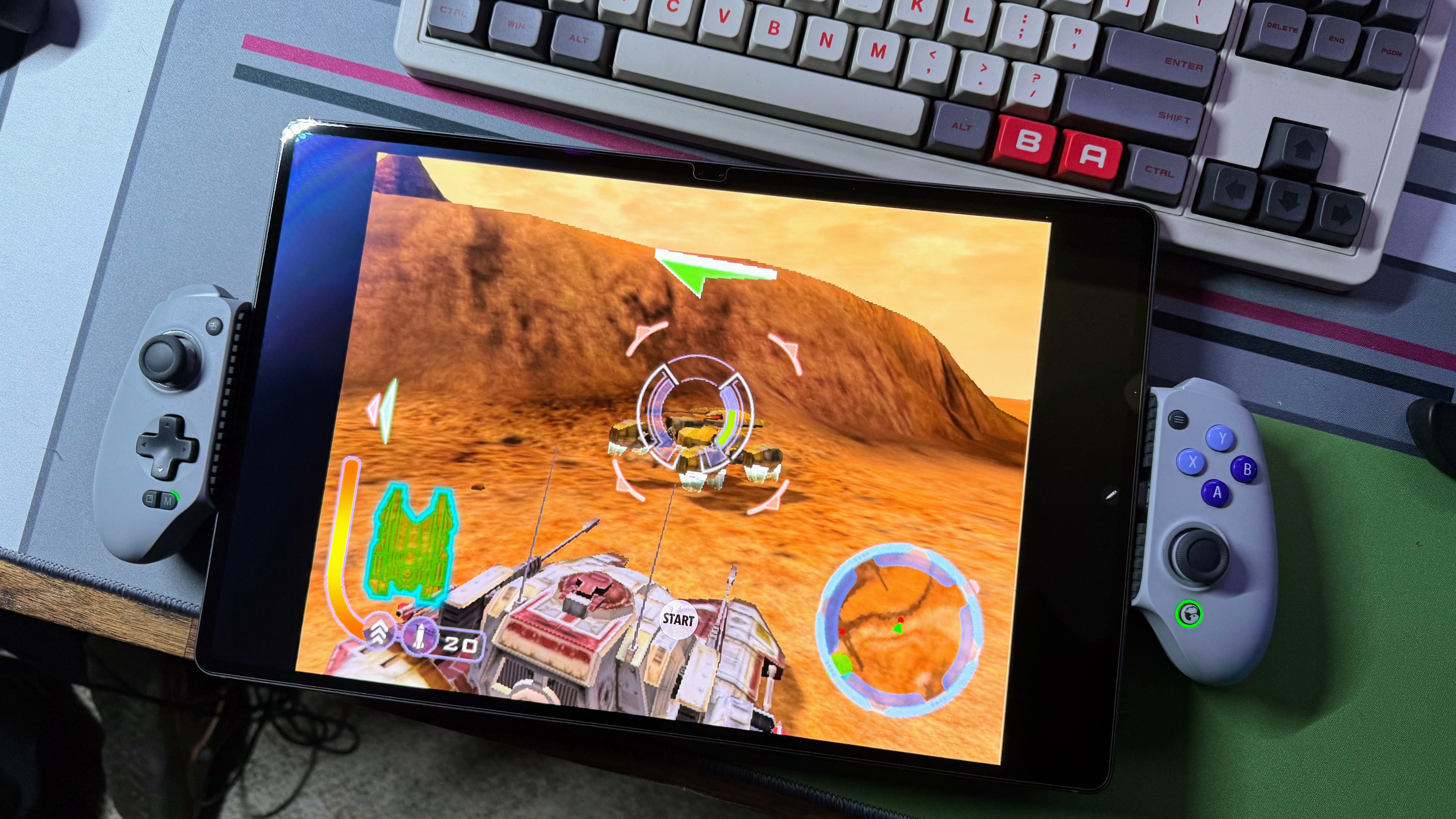
The 11,200mAh battery driving the Galaxy Tab S10 Ultra remains unchanged as well, as does the 45W fast wired charging support. However, the inclusion of newer and more power-efficient internals could result in better endurance as compared to the Galaxy Tab S9 Ultra.
Samsung Galaxy Tab S10 Ultra vs. Tab S9 Ultra: Should you upgrade?
There's no denying that the Galaxy Tab S10 Ultra is one of the best Android tablets you can get today. But then, so is the Galaxy Tab S9 Ultra, even if it's a bit old at this point. Sure, the anti-reflective display and the new MediaTek hardware that you get with the newer model are awesome, but these are only minor updates. Moreover, now that the Tab S10 Ultra is here, you can get the Tab S9 Ultra at a reduced price, especially if you go the refurbished route.
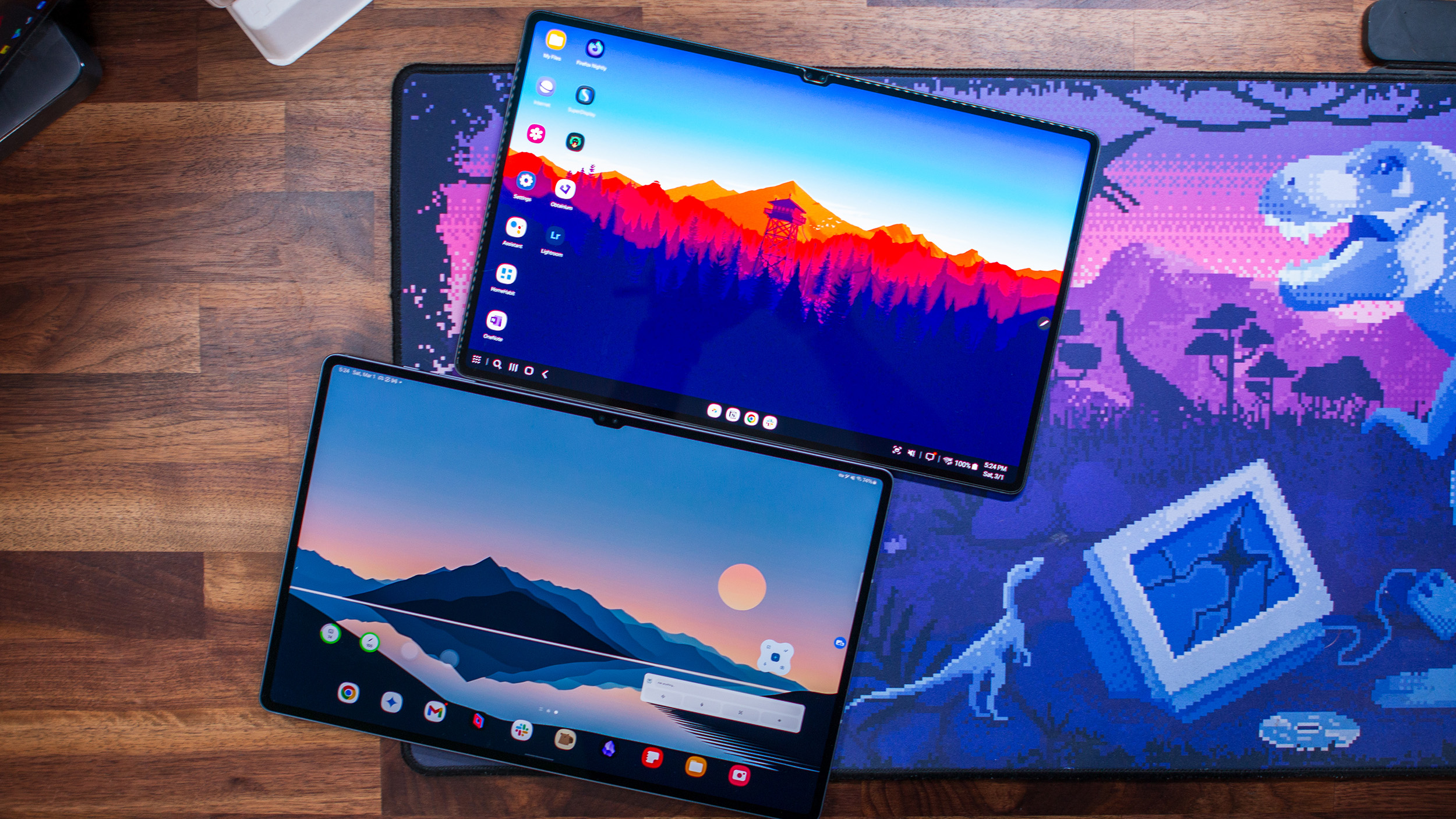
Our suggestion here is very simple! If you're thinking of getting a new premium tablet and money is no object, just go ahead and buy the Galaxy Tab S10 Ultra. You'll get the newest product, along with slightly faster performance and longer software support.
However, if you already have the Galaxy Tab S9 Ultra, an upgrade just isn't worth it. Even if you decide to take advantage of the trade-in offers and exchange the last-gen tablet (in mint condition), you'll still be paying $400 out of your pocket, so it's better to save your money.

New and improved
The newest Samsung Galaxy Tab S10 Ultra is hands down the most powerful Android tablet in the business. If you just want the best and don't care about the price tag, get this one.

Still does it all
The previous-gen Samsung Galaxy Tab S9 Ultra still remains a top-tier Android tablet. If you don't care about minor upgrades and just want something that'll last for years, get this one.

When Rajat got his first Personal Computer—a Pentium III machine with 128MB of RAM and a 56kbps dial-up modem—back in 2001, he had little idea it would mark the beginning of a lifelong love affair with gadgets. That fascination, combined with a penchant for writing and editing, ultimately led to him becoming a technology journalist. Some of his other interests include Photography, Hand Lettering, and Digital Typography. Rajat is also somewhat obsessed with wrist-worn timepieces and appreciates a Casio just as much as a Jaeger-LeCoultre.
You must confirm your public display name before commenting
Please logout and then login again, you will then be prompted to enter your display name.
